Milan captured my heart from the moment I first wandered through its elegant streets, espresso in hand, taking in the perfect blend of history and modern style. Beyond the iconic Duomo and Leonardo da Vinci’s Last Supper, the real magic of Milan reveals itself in the hidden corners only locals know about.
After living here for three years, I’ve discovered the authentic side of Italy’s fashion capital. From family-run trattorias serving perfect risotto to secret cocktail bars where the aperitivo tradition thrives.
Let me guide you through Milan as a local would experience it. I’ll share my favorite spots where Milanese fashionistas shop for unique pieces away from the tourist crowds, the cozy cafés where you can enjoy a morning brioche, and the vibrant neighborhoods that pulse with energy after sunset.
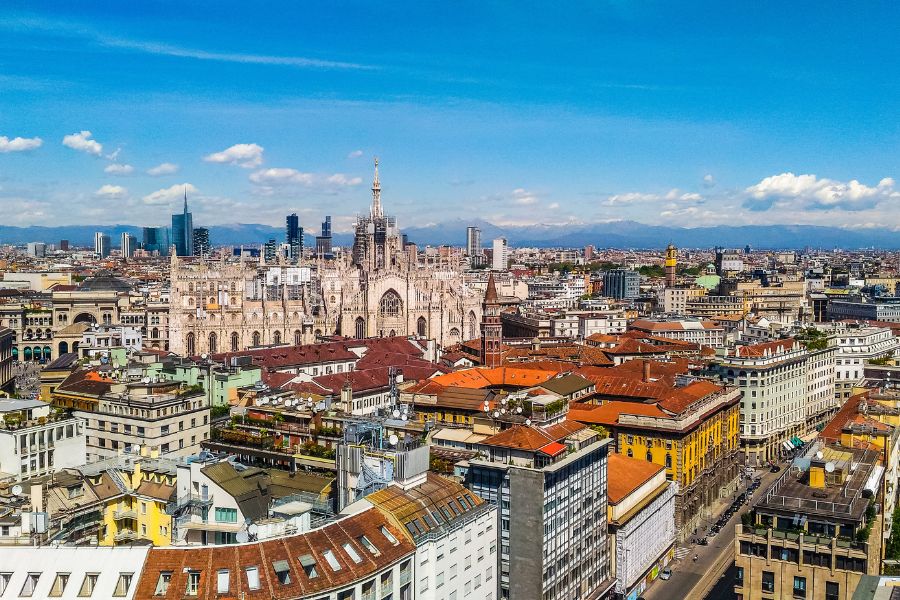
Whether you’re planning your first visit or returning to explore deeper, Milan offers layers of experiences waiting to be uncovered.
Milan’s Iconic Landmarks and Architecture
Milan’s architectural landscape tells the story of its rich history and cultural heritage. The city blends centuries-old structures with modern design, creating a unique urban experience that captivates visitors and locals alike.
Magnificent Duomo di Milano
The Duomo di Milano stands as the crown jewel of Milan’s skyline. I still catch my breath every time I approach this massive gothic cathedral, even after living here for years.
Construction began in 1386, but amazingly wasn’t completed until the 1960s – nearly 600 years later!
Its stunning white marble facade features 135 spires and over 3,000 statues. When you visit, don’t miss the chance to climb to the rooftop. The view from up there is absolutely magical.
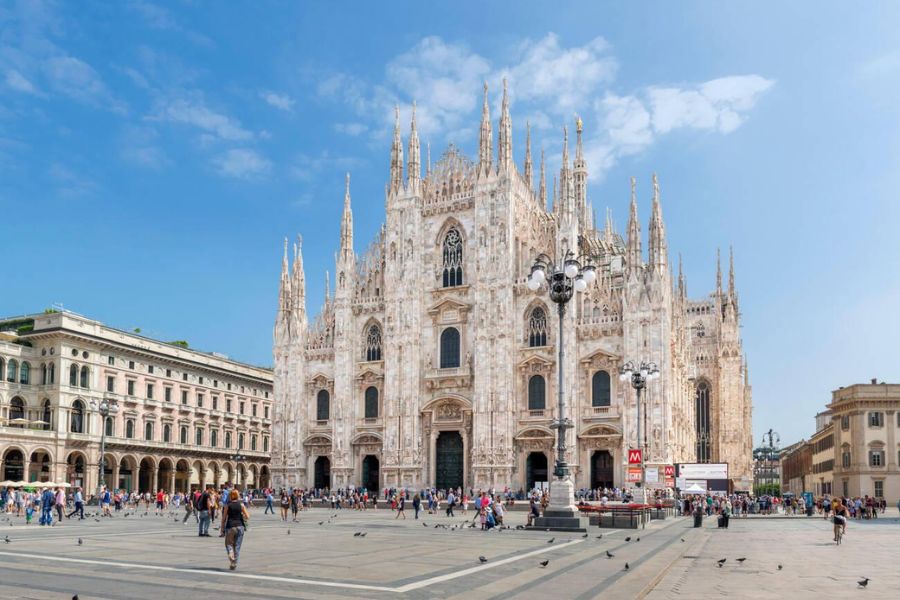
Inside, the cathedral’s massive interior can hold up to 40,000 people. The stained glass windows tell biblical stories through vibrant colors and intricate designs. My favorite time to visit is early morning when sunlight streams through these windows, creating a heavenly atmosphere.
Historical Spires and Stories
Milan’s architectural landscape extends beyond the Duomo to include remarkable historical structures throughout the city. The Santa Maria delle Grazie church houses Leonardo da Vinci’s “The Last Supper” – a masterpiece that requires booking tickets months in advance.
The medieval Sforza Castle stands as a testament to Milan’s powerful past. I love walking through its museums and courtyards on quiet weekday mornings. The castle’s red brick walls contrast beautifully with the surrounding green parks.
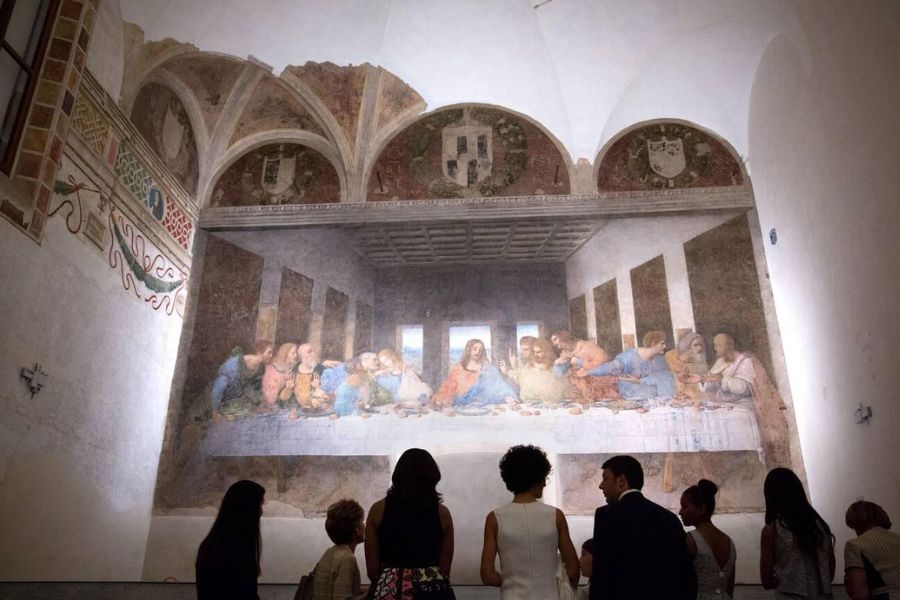
Milan’s more modern landmarks include the innovative Bosco Verticale (Vertical Forest) – residential towers covered in over 900 trees. These buildings represent Milan’s commitment to sustainable urban development. The contrast between these contemporary structures and the ancient Roman columns at San Lorenzo creates a fascinating architectural timeline across the city.
Galleria Vittorio Emanuele II: Beauty and Shopping Combined
The stunning Galleria Vittorio Emanuele II connects Piazza del Duomo with Piazza della Scala. Built between 1865 and 1877, this elegant shopping arcade is one of the world’s oldest malls.
I often meet friends at the Galleria for coffee, surrounded by its magnificent glass dome and intricate mosaics. The central octagonal space features symbolic floor mosaics representing major Italian cities. Local tradition says spinning on the bull mosaic brings good luck!
Inside, you’ll find luxury shops like Prada, Louis Vuitton, and Versace alongside historic cafés. Caffè Camparino has been serving aperitivos since 1915. The Galleria’s ornate architecture includes iron and glass vaulted ceilings that flood the space with natural light.
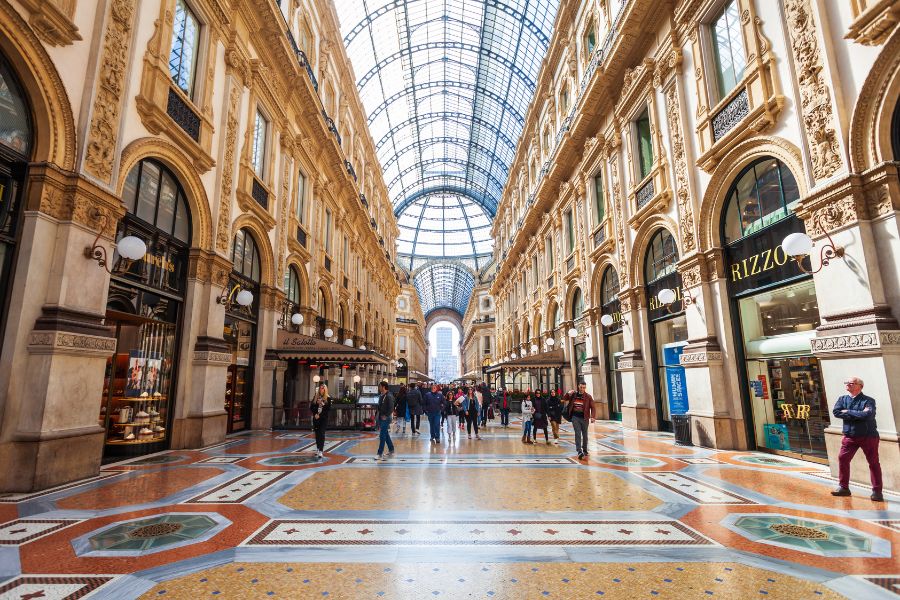
At night, the Galleria transforms with golden lighting that highlights its Neo-Renaissance details. It’s more than just a shopping destination – it’s a living monument to Milan’s artistic excellence.
The Artistic Pulse of Milan
Milan pulses with artistic energy from Renaissance masterpieces to cutting-edge contemporary installations. The city’s artistic identity spans centuries, with hidden treasures tucked into churches, prestigious galleries, and even urban streets.
Leonardo’s Last Supper
I always tell friends visiting Milan that seeing Leonardo da Vinci’s “Last Supper” is an absolute must. This iconic masterpiece adorns the wall of the refectory at Santa Maria delle Grazie, a UNESCO World Heritage site.
You’ll need to book tickets weeks (sometimes months) in advance – this isn’t an attraction you can visit spontaneously. The 15-minute timed entry might seem brief, but standing before this fragile fresco is truly breathtaking.
What struck me most was how Leonardo captured that dramatic moment when Jesus announces his betrayal. The disciples’ emotions are perfectly preserved despite the painting’s deterioration over the centuries.
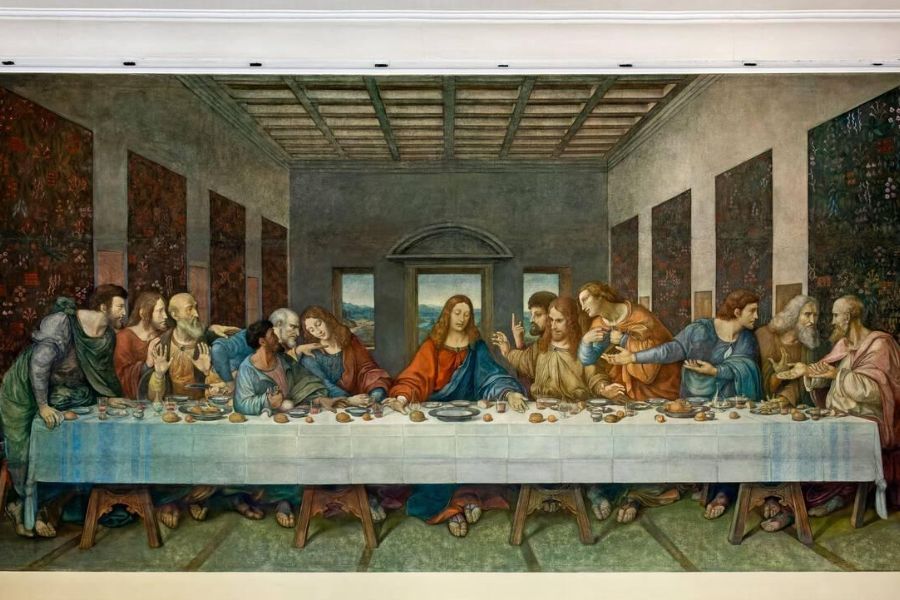
Pro tip: Combine your visit with exploring the beautiful church of Santa Maria delle Grazie itself, an architectural gem often overlooked by visitors rushing to see the famous painting.
Contemporary Galleries and Museums
Milan’s art scene extends far beyond Renaissance masterpieces. The Brera District serves as the artistic heart of the city, where I love to wander among charming boutiques and prestigious galleries.
The Pinacoteca di Brera houses one of Italy’s most impressive collections, featuring works by Caravaggio, Raphael, and Mantegna. What’s wonderful is how uncrowded it often feels compared to Florence’s galleries.
For contemporary art lovers, Fondazione Prada is unmissable. Designed by Rem Koolhaas, this former distillery combines permanent installations with rotating exhibitions that challenge conventional thinking.
Don’t miss Hangar Bicocca, home to “The Seven Heavenly Palaces” by Anselm Kiefer – massive concrete towers that evoke powerful emotions. The space hosts rotating exhibitions by international artists in a former industrial complex.
Street Art and Urban Creativity
Beyond museum walls, Milan’s creativity spills onto its streets. The Isola district has transformed from a working-class neighborhood into a canvas for urban artists.
I discovered some fantastic murals while exploring the area around Via Carmagnola. Local artists often incorporate social commentary into their work, reflecting Milan’s evolving identity.
The annual Milan Design Week turns the entire city into an art installation. Even outside this famous event, you’ll find pop-up exhibitions and creative interventions throughout districts like Tortona and Ventura.
For something truly unique, visit MACAO, a former slaughterhouse turned self-managed cultural center. Here, boundary-pushing artists challenge conventional art forms in a space that embodies Milan’s creative spirit.
Street art tours have become increasingly popular, led by local artists who provide insight into the stories behind these urban canvases. They reveal a side of Milan far removed from the polished luxury of the city center.
Fashion and Shopping Itinerary
Milan’s fashion scene is legendary, with shopping options that range from haute couture to hidden vintage gems. The city truly earns its reputation as a global fashion capital with distinct shopping districts that cater to every style and budget.
Via Montenapoleone: High-End Fashion Central
When I visit Milan, I always make time for Via Montenapoleone, the beating heart of Milan’s fashion scene. This elegant street houses the most prestigious fashion houses in the world. Walking along the polished sidewalks, you’ll find flagship stores of Versace, Armani, Prada, and Gucci displaying their latest collections.
The window displays alone are worth the trip – they’re like art installations that change with each season. Most shops open around 10am and close by 7pm, with some taking a brief afternoon break.
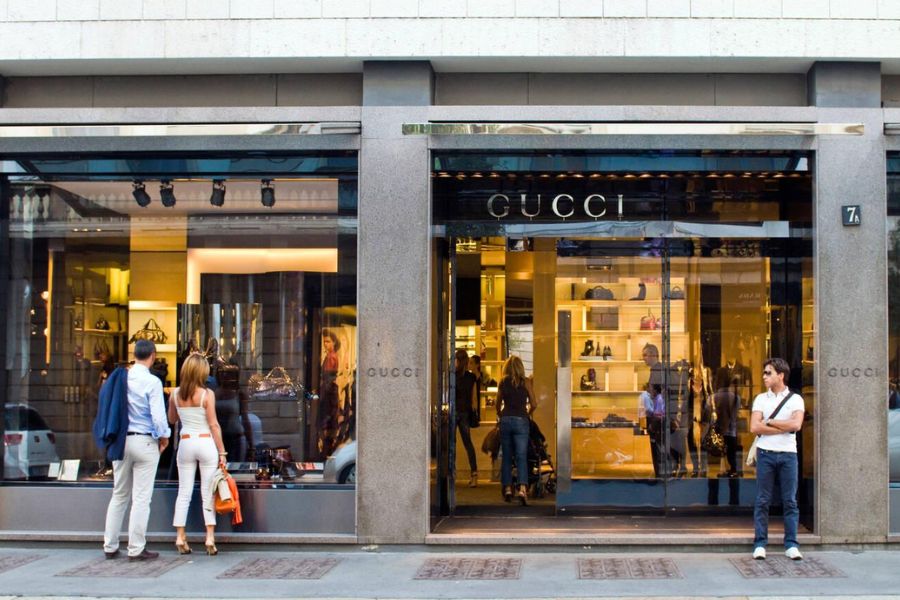
Don’t miss Via Manzoni and Via della Spiga nearby, which form part of the “Quadrilatero della Moda” (Fashion Quadrilateral). These streets offer a slightly less crowded shopping experience but with equally impressive designer options.
Brera District: Boutique Finds
For a more intimate shopping experience, I love wandering through Brera’s charming cobblestone streets. This artistic neighborhood offers unique boutiques showcasing independent designers and artisanal crafts.
Look for shops like 10 Corso Como, a concept store combining fashion, art, and design with a lovely café where you can rest between purchases. The area’s narrow streets hide gems like handmade jewelry stores and boutiques selling locally-designed clothing you won’t find elsewhere.
What makes Brera special is how it mixes Milan’s fashion heritage with contemporary design. You’ll discover everything from handcrafted leather goods to cutting-edge accessories from emerging designers. The neighborhood has a relaxed vibe that encourages unhurried exploration.
Navigli: Vintage and Eclectic Shopping
The canal-lined Navigli district is my go-to for vintage shopping and unique finds. This trendy area comes alive with the Navigli Market on the last Sunday of each month, where I’ve found amazing vintage clothing, accessories, and antiques.
Even on regular days, the district offers excellent vintage and second-hand shops like Cavalli e Nastri where you might score vintage Armani or other Italian designer pieces from past decades.

Beyond fashion, Navigli hosts specialty stores selling everything from vinyl records to artisanal soaps. The area around Porta Ticinese features numerous small boutiques with affordable contemporary clothing from local designers. These shops perfectly balance Milan’s high-fashion reputation with accessible, creative style options.
Culinary Adventures in Milan
Milan’s food scene blends centuries-old traditions with modern innovations. The city offers incredible culinary experiences from classic Italian dishes to contemporary fusion creations and the beloved aperitivo ritual.
Traditional Italian Food Scene
When I wandered through Milan’s historic center, I discovered that Milanese cuisine goes far beyond pizza and pasta. The city’s signature dish, risotto alla Milanese, gets its golden color from precious saffron threads. It’s simply divine!
I recommend visiting the Brera district where traditional trattorias serve ossobuco (braised veal shank) that melts in your mouth. These places often pair it with that saffron-infused risotto for a truly authentic meal.
Don’t miss trying cotoletta alla Milanese – a breaded veal cutlet that locals claim inspired the Viennese schnitzel. I found the best versions at family-run restaurants away from tourist hotspots.
For a quick traditional bite, look for panzerotti – small folded pizzas filled with tomato and mozzarella. The lines at Luini near the Duomo are worth the wait!
Modern Milanese Cuisine
Milan embraces culinary innovation like its fashion industry embraces new trends. I’ve seen traditional recipes reimagined with surprising ingredients and presentation techniques that would make any foodie swoon.
Many young chefs are transforming the food landscape with fusion restaurants that blend Italian traditions with global influences. My favorite spot combines Milanese risotto techniques with Japanese ingredients – an unexpected but delicious combination!
Food tours have become incredibly popular. I joined one through the trendy Navigli district where a local guide introduced me to specialty sandwiches from Venice and focaccia from Liguria – showing how Milan brings together flavors from across Italy.
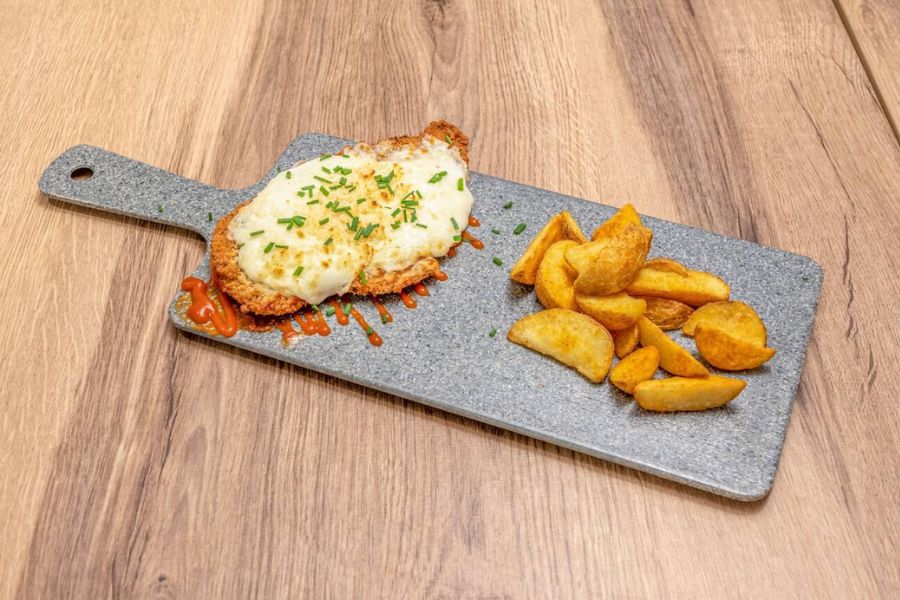
For something truly special, check out restaurants offering design-your-own tiramisù experiences. It’s a fun way to customize Italy’s beloved dessert with your choice of flavors.
Aperitivo Culture Explained
The aperitivo might be my favorite Milanese tradition. It’s not just pre-dinner drinks – it’s a social institution! Between 6-9pm, bars across the city offer buffets of food included with your drink purchase.
I love sipping a Negroni or Aperol Spritz while sampling small bites that range from simple olives and chips to elaborate spreads of pasta, meats, and cheeses. The Navigli canal area and Brera district offer some of the most generous aperitivo spreads in town.
The tradition started as a way to stimulate appetite before dinner, but many locals (myself included) make it their evening meal. For about €10-15, you get a quality cocktail and enough food to satisfy your hunger.
Don’t forget that coffee culture is equally important. Milanese take their espresso seriously – standing at the bar for a quick shot rather than lingering over large cups. I quickly learned to avoid ordering cappuccino after morning hours to blend in with locals!
Performing Arts and Milanese Nights
Milan’s nightlife offers a perfect blend of cultural sophistication and vibrant energy. When the sun sets, the city transforms into a playground for arts enthusiasts and night owls alike.
Teatro alla Scala: Opera House Extravaganza
I consider La Scala to be the crown jewel of Milan’s performing arts scene. This legendary opera house in Northern Italy has hosted premieres by composers like Verdi and Puccini since 1778.
Getting tickets can be tricky, so I recommend booking several months in advance. If you’re on a budget, try the gallery seats (loggione) for around €15-30. They have limited visibility but excellent acoustics.
For a unique experience, take a guided tour of the theater and its museum during the day. You’ll see costumes, instruments, and paintings that tell the story of this iconic institution.
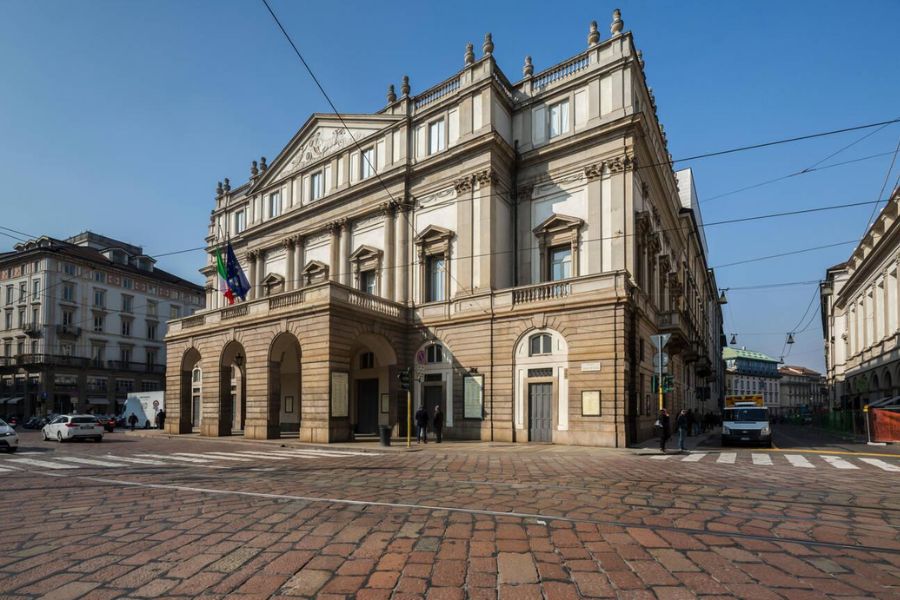
The dress code is still relatively formal. I usually wear business casual at minimum, though opening nights demand more elegant attire.
Live Music Venues and Jazz Clubs
The Blue Note Milano is my go-to jazz club in the city. It’s located in the Isola district, and it features both international stars and local talents in an intimate setting.
For a more eclectic music scene, I love visiting Santeria Social Club. This converted factory hosts indie bands, electronic DJs, and cultural events that attract a young, creative crowd.
When I want to experience authentic Milanese nightlife, I head to the Navigli district. Bars like Rita and Mag Café serve fantastic cocktails alongside live music performances most evenings.
Don’t miss Alcatraz for bigger concerts—it’s one of Milan’s largest music venues and attracts major international acts throughout the year.
The best part? Most venues serve aperitivo buffets before performances. This way, you can enjoy drinks and snacks before the show starts.

